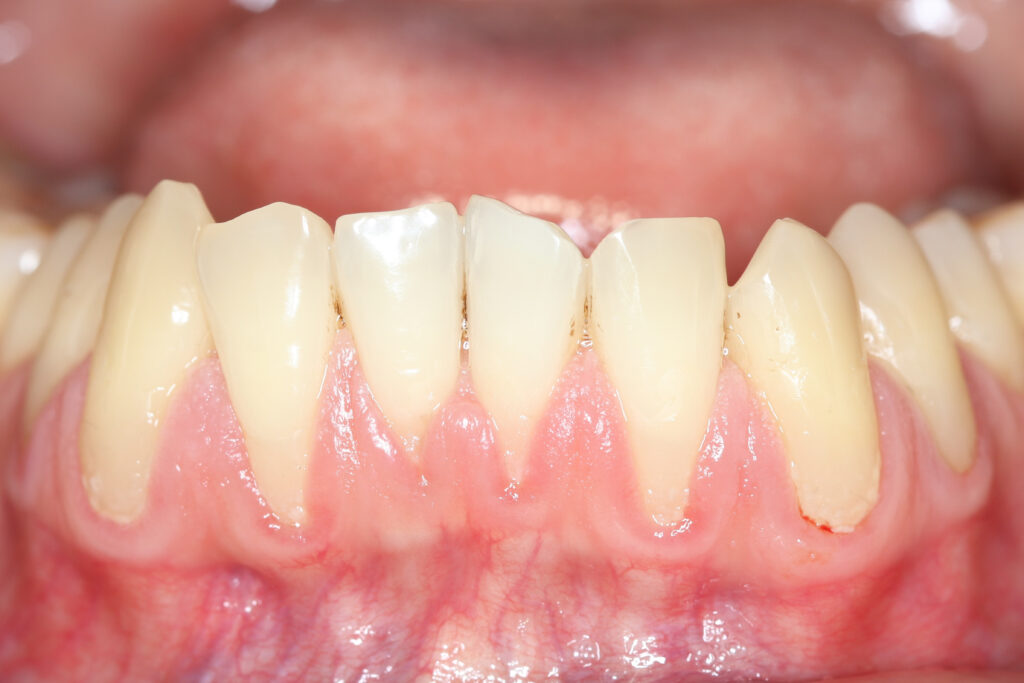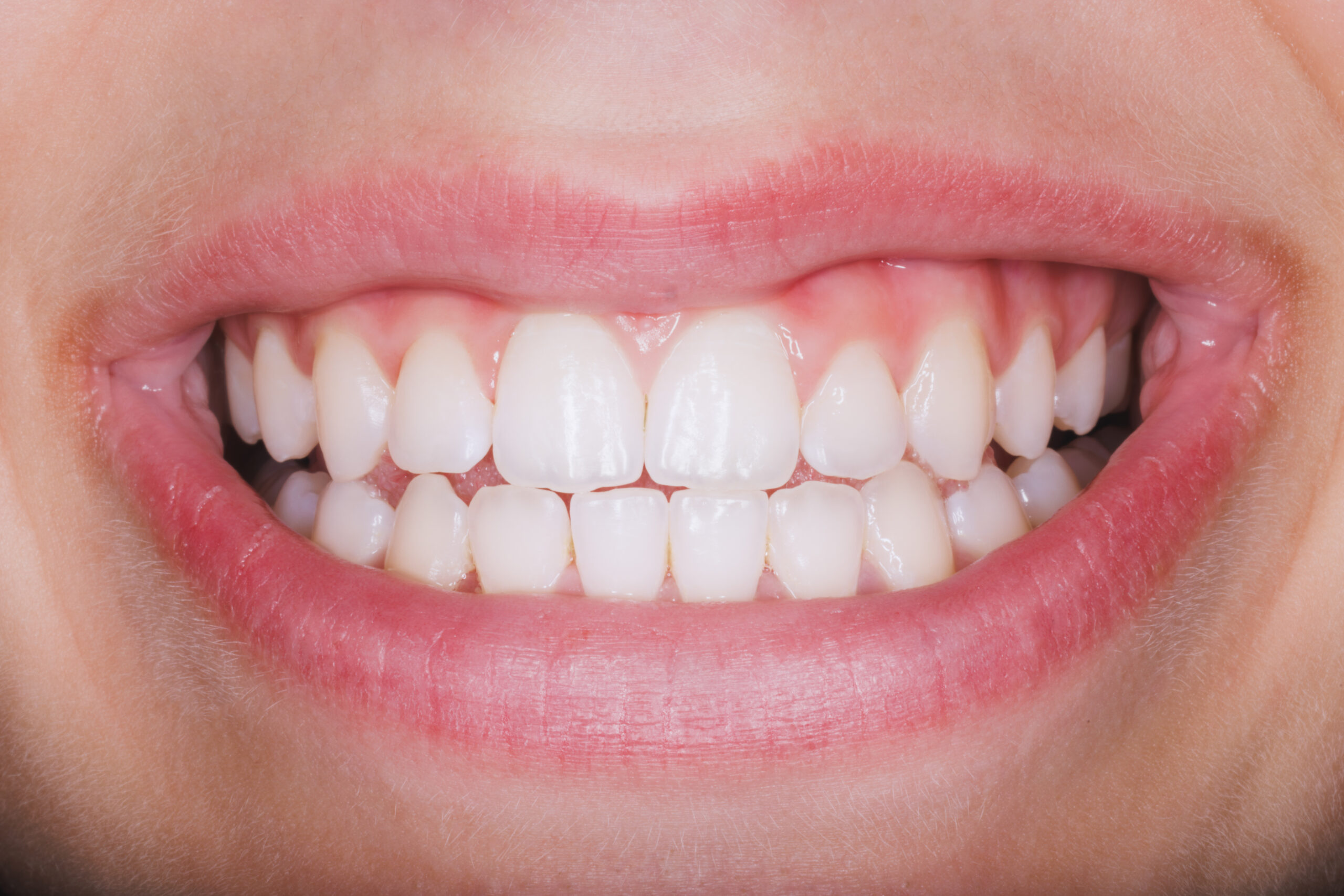Gingival recession, also known as gum recession and receding gums, is the exposure in the roots of the teeth caused by a loss of gum tissue and/or retraction of the gingival margin from the crown of the teeth. Gum recession is a common problem in adults over the age of 40.
Various classifications have been proposed to classify gingival recession, Miller’s classification system being the one that is most widely followed


Interdental papilla loss or volume reduction (black triangle)
The interdental papilla fills the embrasure space between the contact points of adjacent teeth. It can reduce in height and can ultimately be lost due to the periodontitis itself or its consecutive treatment especially pocket elimination or resective surgery.
This results in an open embrasure space commonly termed a ‘black triangle”
Tooth-related factors that can cause loss of the interdental papilla are as follows: loss of the contact point, tooth malposition (and orthodontic treatment), abnormal tooth shape, triangular-shaped crowns, diastemas, divergent roots and over-eruption of a tooth.
Iatrogenic damage such as over-contoured restorations and tissue damage from crown preparations can lead to the loss of interdental papilla. It can also be self-inflicted by the patient through traumatic brushing or overzealous use of interdental aids, pen chewing and piercings.





